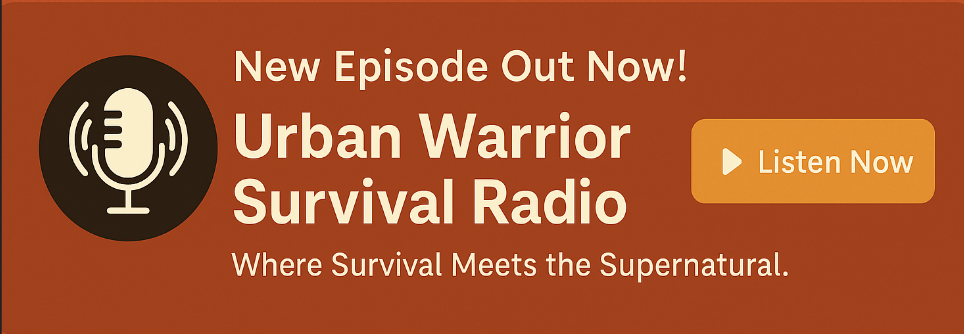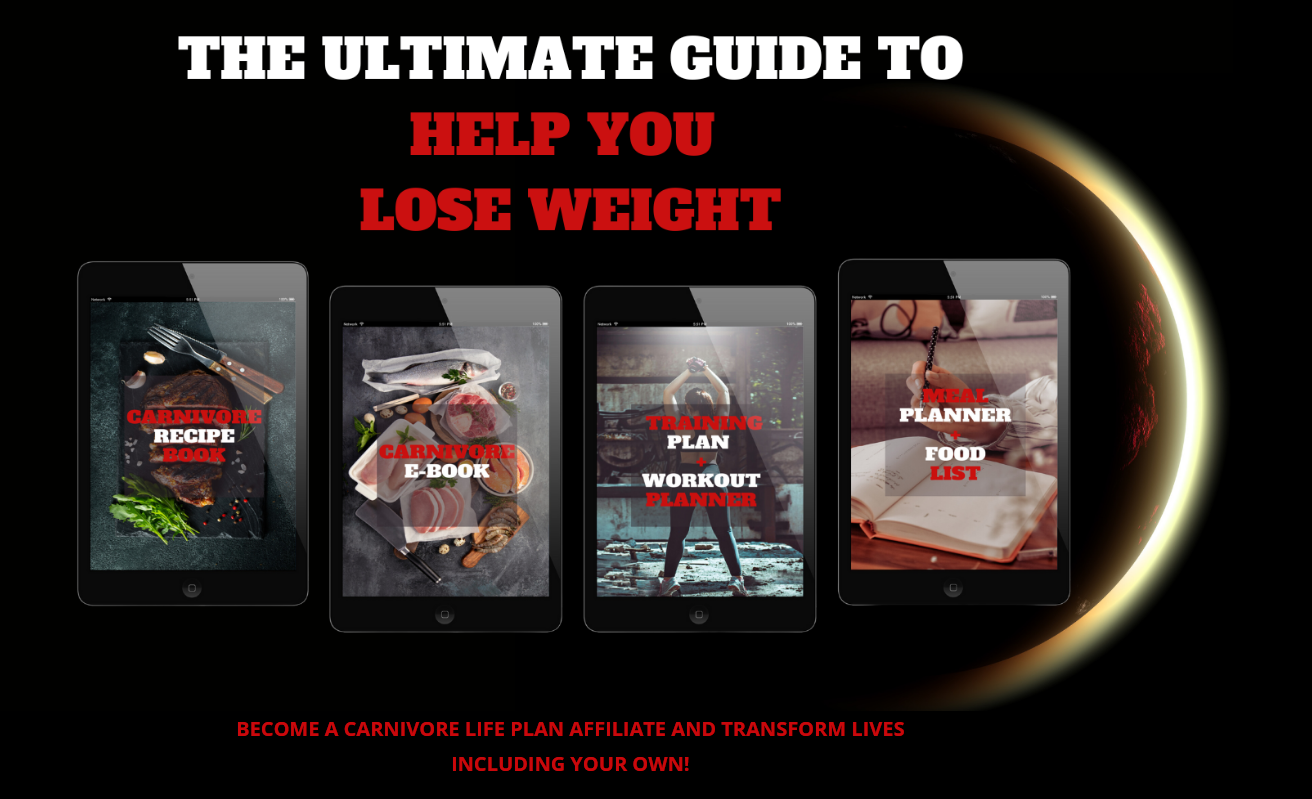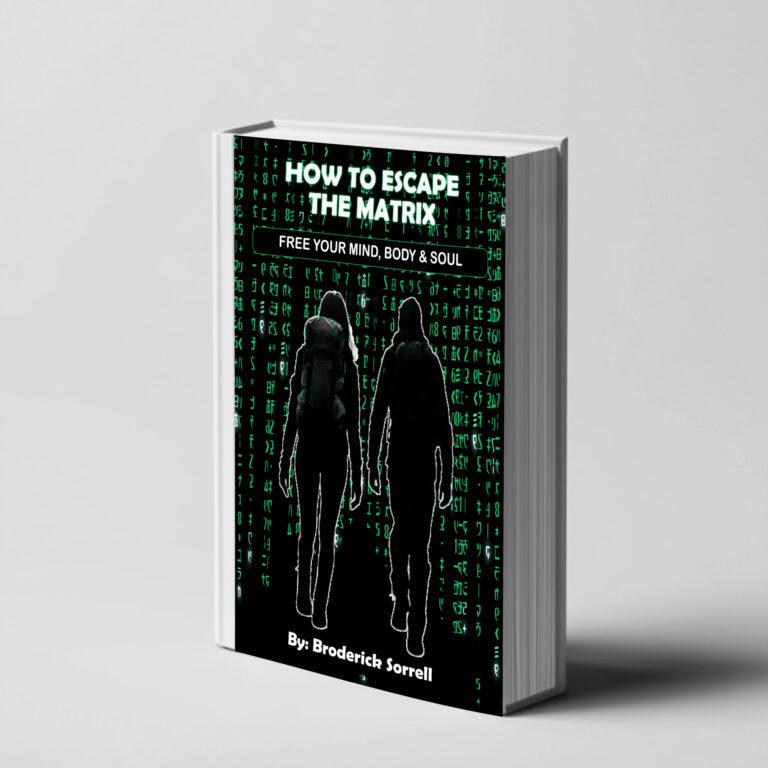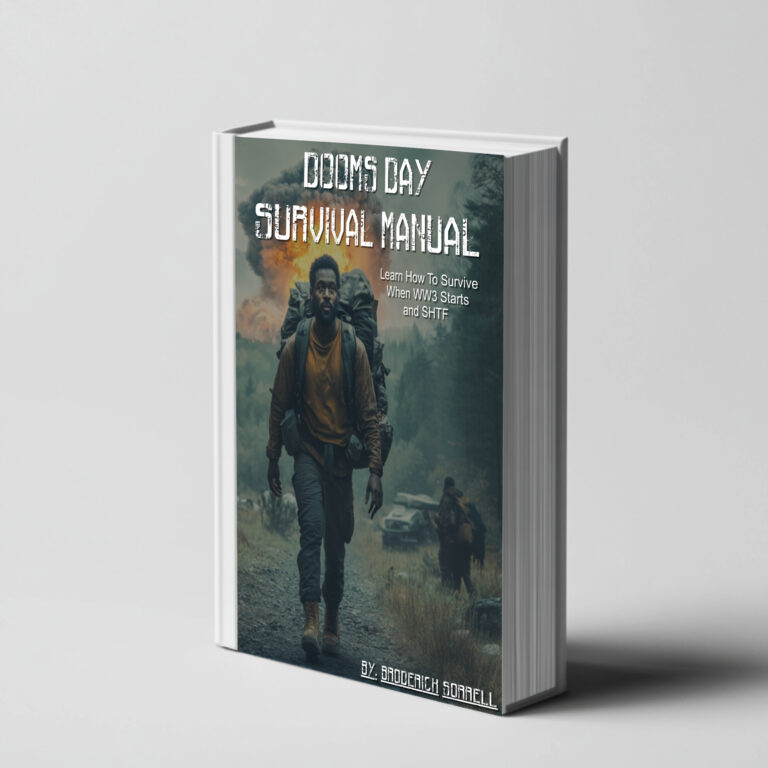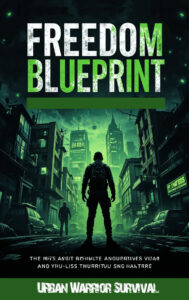

Popular
When the Ground Shakes and the Ocean Roars: How to Survive an Earthquake Tsunami
Your Survival Starts the Second the Shaking Stops—Don’t Wait for the Wave
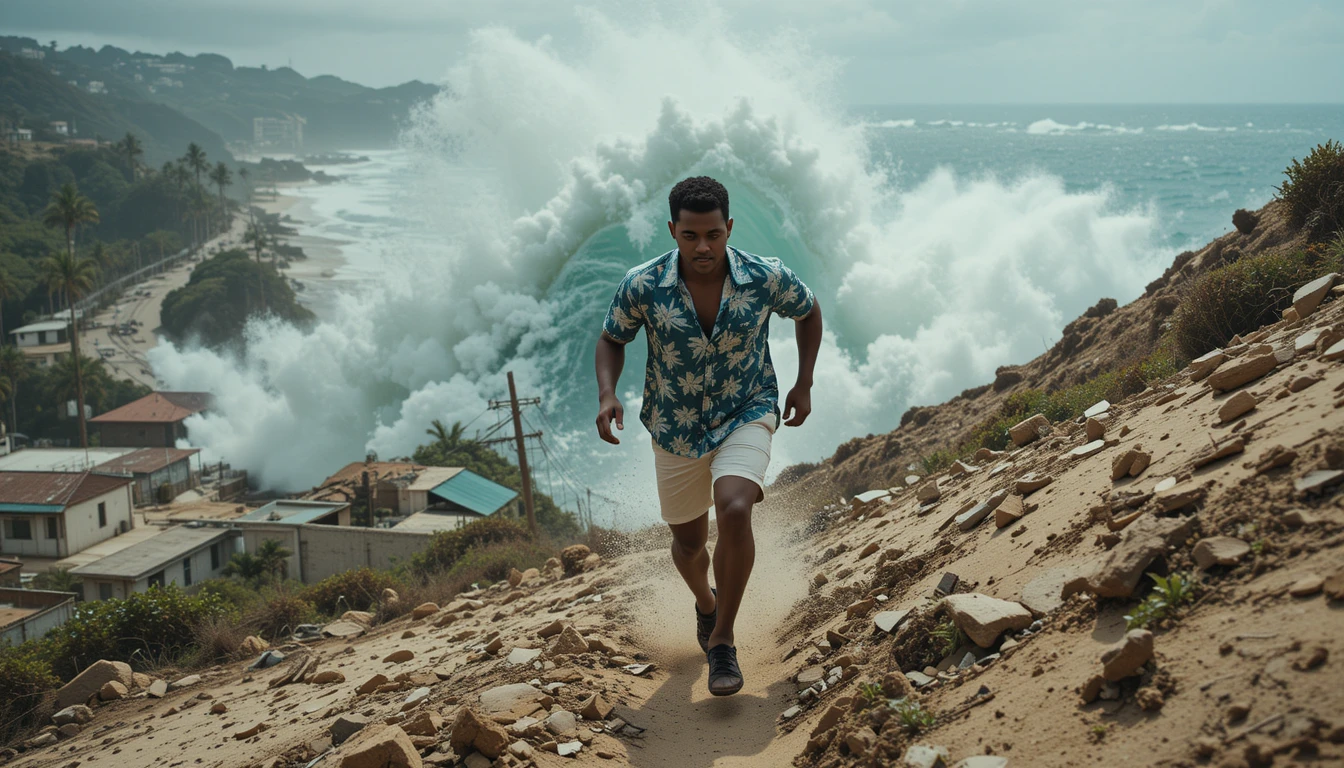
1. Understand What You’re Dealing With: The Earthquake-Tsunami Combo is No Joke
When the earth moves and the ocean responds, you’re in a double-disaster. Earthquakes destabilize the land, and if they occur offshore, they displace a massive amount of water—triggering a tsunami. These tsunamis travel fast—up to 500 mph in the open ocean—and when they reach the shore, they slow down and rise, turning into towering walls of destruction. Understanding this chain reaction is key to reacting quickly.
2. The First 5 Minutes Are Everything: React Fast, Don’t Freeze
Right after the quake, you have a very small window—sometimes just minutes—before a tsunami hits. Your instincts will scream at you to look around, help others, check your stuff. Ignore them. If you’re anywhere near a coastline and feel a strong quake or a long-lasting one (more than 20 seconds), assume a tsunami is coming and move.
Your move:
Don’t wait for sirens or alerts.
Don’t check your phone first—grab your go-bag and go.
Head to high ground—at least 100 feet above sea level or 2 miles inland.
3. Get Off the Beach—Fast
This might sound obvious, but you’d be shocked how many people wander toward the water out of curiosity. If the sea suddenly recedes, exposing more beach than normal, that’s not a good thing—that’s the ocean pulling back before striking. It’s the tsunami’s version of pulling back a slingshot.
Your move:
Never walk toward the water.
Never stop to take pictures.
Don’t try to drive if you’re too close—foot travel may be faster through debris.
4. Your Go-Bag is Your Lifeline
If you’re in a tsunami-prone area, your survival kit should be near the door or under your bed. Don’t waste time packing when the shaking stops. Your go-bag should already have:
Sturdy shoes
Water and a purifier
Snacks/protein bars
Flashlight & batteries
First aid kit
Emergency radio
Copies of ID
Cash
Small towel or blanket
Dust mask or bandana
Bonus Tip: Keep a smaller “mini go-bag” in your car and workplace too.
5. Know the Terrain: Map Your Escape Routes Ahead of Time
Before disaster hits, take a mental inventory of your surroundings. Find out:
Where is the nearest hill or elevated land?
How long does it take to reach it on foot?
Are there designated tsunami evacuation zones or buildings?
Your move:
Print or screenshot evacuation maps.
Walk your escape route at least once.
Share the plan with your household.
6. Get the Alerts, But Don’t Rely on Them
Tsunami warning systems exist, but they aren’t perfect. Cell towers can go down. Apps might lag. Sirens might not work.
Recommended tools:
NOAA Weather Radio
Tsunami Alert apps (e.g., MyShake, QuakeAlertUSA)
Text alert services for your area
But again—if you feel a long quake and you’re near the ocean, don’t wait. Move.
7. Should You Drive or Run? Depends on Your Location
If you’re already near your vehicle, and the roads are clear, you might be able to drive to higher ground. But remember: traffic jams are death traps during tsunamis. Most experts recommend running on foot unless:
You’re already in the car with the engine running.
You’re several miles from the shore and can drive away before roads jam.
8. Make Sure Everyone Has a Role: Family and Team Preparedness
If you’ve got kids, roommates, or older family members, everyone should know the plan.
Drill this:
Where to meet after a quake
Who grabs the go-bags
Who checks on the neighbors
What to do if you’re separated
My tip: Have a rally point at a specific high-ground landmark. Don’t rely on phone calls—they might not go through.
9. If You’re Inside a Building, Follow the Drop-Cover-Hold Rule—Then MOVE
During the quake:
Drop down low
Cover your head and neck
Hold onto something sturdy
After the quake:
Evacuate immediately if you’re in a tsunami zone.
Use stairs, not elevators.
Watch for falling debris, glass, and power lines.
Pro tip: Some tall buildings are tsunami evacuation points—know which ones in your area are built to withstand waves.
10. After the First Wave, It’s Not Over
Tsunamis often come in multiple waves, and the second or third can be even bigger. Just because the water recedes doesn’t mean it’s safe to return.
Your move:
Stay on high ground for at least 12 hours unless local authorities say otherwise.
Don’t walk through flood water—it can hide sharp objects, sewage, or live wires.
Expect aftershocks—stay alert.
11. Stay Alive the Next 72 Hours: Post-Disaster Survival Mode
The tsunami may be over, but now the real survival begins:
Shelter may be limited or unsafe.
Clean water could be scarce.
Power will likely be out.
Looting or chaos is possible.
Your priorities:
Find safe shelter
Boil/purify water
Avoid injuries
Stay informed (radio, word of mouth)
12. Expect the Grid to Collapse Temporarily—Be Mentally Ready
We often underestimate how fragile our systems are. When a tsunami wipes out coastal infrastructure:
No ATMs
No hospitals nearby
No grocery deliveries
No internet
What I learned: Mental toughness is everything. Know that it’s gonna be rough—but survivable. Keep a cool head, help others, and stick to your plan.
13. Learn from Survivors: Real People, Real Lessons
People who survived the 2004 Indian Ocean tsunami and Japan’s 2011 disaster all say the same thing:
“The ones who lived… moved fast.”
They didn’t hesitate. They didn’t go back for stuff. They didn’t wait for sirens.
Survival isn’t always about strength or even gear—it’s about decisive action.
14. Stay Calm, Stay Sharp
Your breathing controls your clarity. In the panic of a disaster, slow your breath, stay focused, and repeat a mantra if you need to.
Mine?
“Move first. Think later. Breathe always.”
Final Thought: Tsunami Survival Is About Movement, Not Muscle
It doesn’t matter how fit you are or how much you’ve trained. What matters is how fast you react, how prepared you were, and how calm you stay. Practice your escape routes. Build your go-bag. Talk to your people.
Because when the next big one hits—it’s not the strongest who survive. It’s the ones who move.
Follow on Spotify
ADVERTISEMENT
ADVERTISEMENT
VISIT ME ON YOUTUBE!
ADVERTISEMENT
ADVERTISEMENT
RELATED POST
Social Networks
- B.Roc Survival Podcast
- Discord
- Patreon
- Youtube
Links List
B.Roc Survival Inc.
All rights reserved
